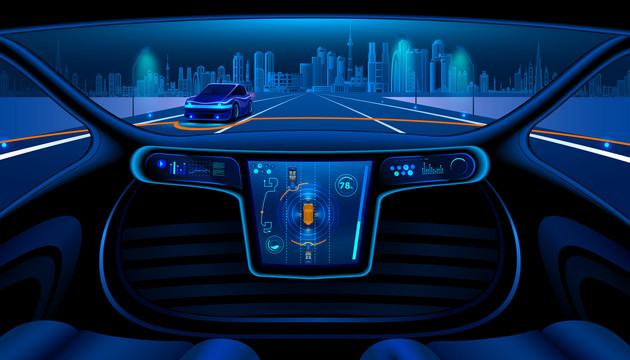
Photo/Shetuwang
June 13 (NBD) -- With the advent of the 5G era, autonomous driving, the most important application scenario of the next-generation communications technology, is rolling ahead with full steam and is expected to shift to a new technical path.
Combining 5G with AI will be conducive to improving the algorithm, amount of computation and computing power of autonomous driving technologies, Zhang Zhenlin, vice president of technology at autonomous driving company Allride.ai, said to National Business Daily (NBD) during CES Asia 2019.
In Zhang's views, such an integration represents a new technical path for developing autonomous driving.
Autonomous vehicles, mainly powered by AI at present, face challenges in perceiving the surroundings, especially under extreme weather conditions. But with the help of 5G that features massive connectivity and low latency, they can be more precise in perception and sense more traffic scenarios, delivering a higher level of safety, Zhang observed.
Last week, China granted 5G licenses to the country's three major telecom operators and China Broadcasting Network Corp, giving the go-ahead for full commercial deployment of the next-generation communications technology.
"Compared with its leading position in the 5G race, China doesn't have an edge in the AI sector. But combining the strengths of 5G with AI will help the country catch up with or even overtake others in the autonomous vehicles area," Zhang told NBD.
However, it is widely believed that 5G is around two years away from commercial use on a large scale.
While waiting for related technologies to mature, autonomous vehicles also face a big concern over cost, many software and hardware products like laser radar and chipsets haven't achieved large-scale mass production.
Some institution claimed that building an autonomous vehicle will cost more than 250,000 U.S. dollars - about 100,000 U.S. dollars on laser radar and 150,000 U.S. dollars on high-precision GPS and inertial navigation system.
Moreover, there are challenges in the construction of supporting infrastructure, sharing of autonomous driving-related data, and formulation of related laws and regulations.
In short, there is still a long way to go before mass-produced autonomous vehicles hit the road, Zhu Lei, founder and CEO of IoV firm Mushroom, said to NBD.
Email: lansuying@nbd.com.cn


 川公网安备 51019002001991号
川公网安备 51019002001991号





